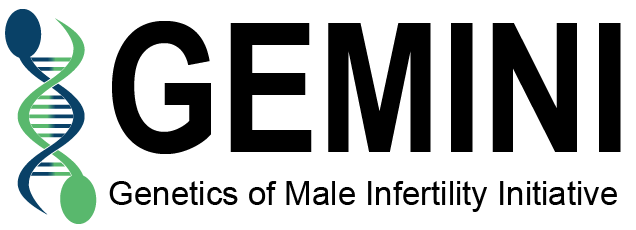The latest paper is available online in Nature Reviews Urology.
Abstract
An increasing number of genes are being described in the context of non-syndromic male infertility. Linking the underlying genetic causes of non-syndromic male infertility with clinical data from patients is important to establish new genotype-phenotype correlations. This process can be facilitated by using universal nomenclature, but no standardized vocabulary is available in the field of non-syndromic male infertility. The International Male Infertility Genomics Consortium aimed at filling this gap, providing a standardized vocabulary containing nomenclature based on the Human Phenotype Ontology (HPO). The “HPO tree” was substantially revised compared with the previous version and is based on the clinical work-up of infertile men, including physical examination and hormonal assessment. Some causes of male infertility can already be suspected based on the patient’s clinical history, whereas in other instances, a testicular biopsy is needed for diagnosis. We assembled 49 HPO terms that are linked in a logical hierarchy and showed examples of morphological features of spermatozoa and testicular histology of infertile men with identified genetic diagnoses to describe the phenotypes. This work will help to record patients’ phenotypes systematically and facilitate communication between geneticists and andrologists. Collaboration across institutions will improve the identification of patients with the same phenotypes, which will promote the discovery of novel genetic causes for non-syndromic male infertility.
